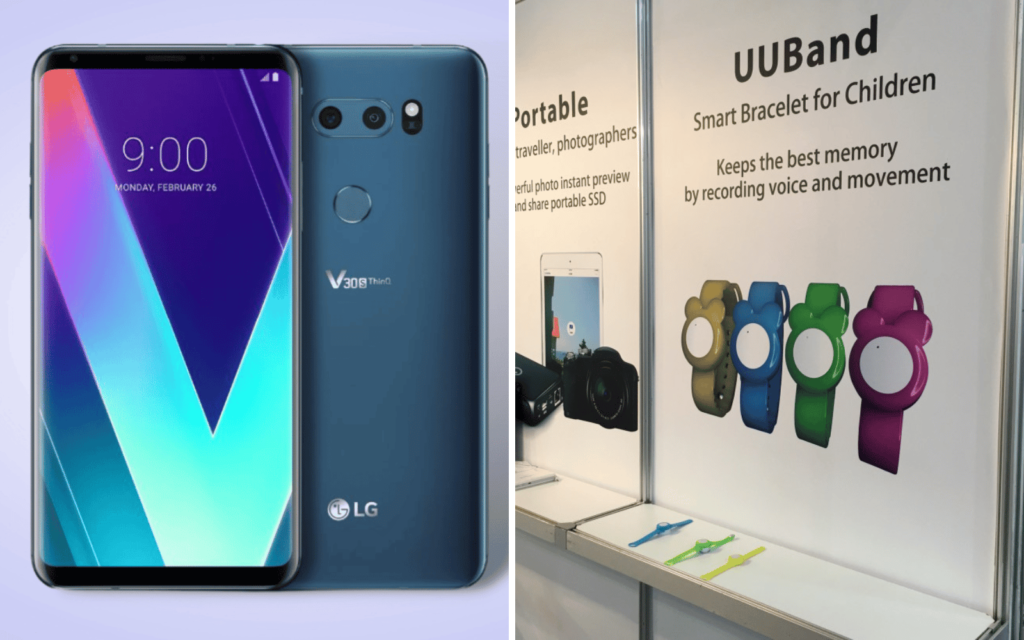Mobile World Congress (MWC) is the most important event in the mobile device calendar. The clue is in the name. But while the event showcases the very best (and occasionally some of the strangest) tech that’ll slip into your pocket, there’s also the potential for launches to underwhelm. Statistics dictate that they’re going to turn up eventually.
And they do. Here are some of the biggest disappointments to come out of MWC.
Nokia X and XL (2014)
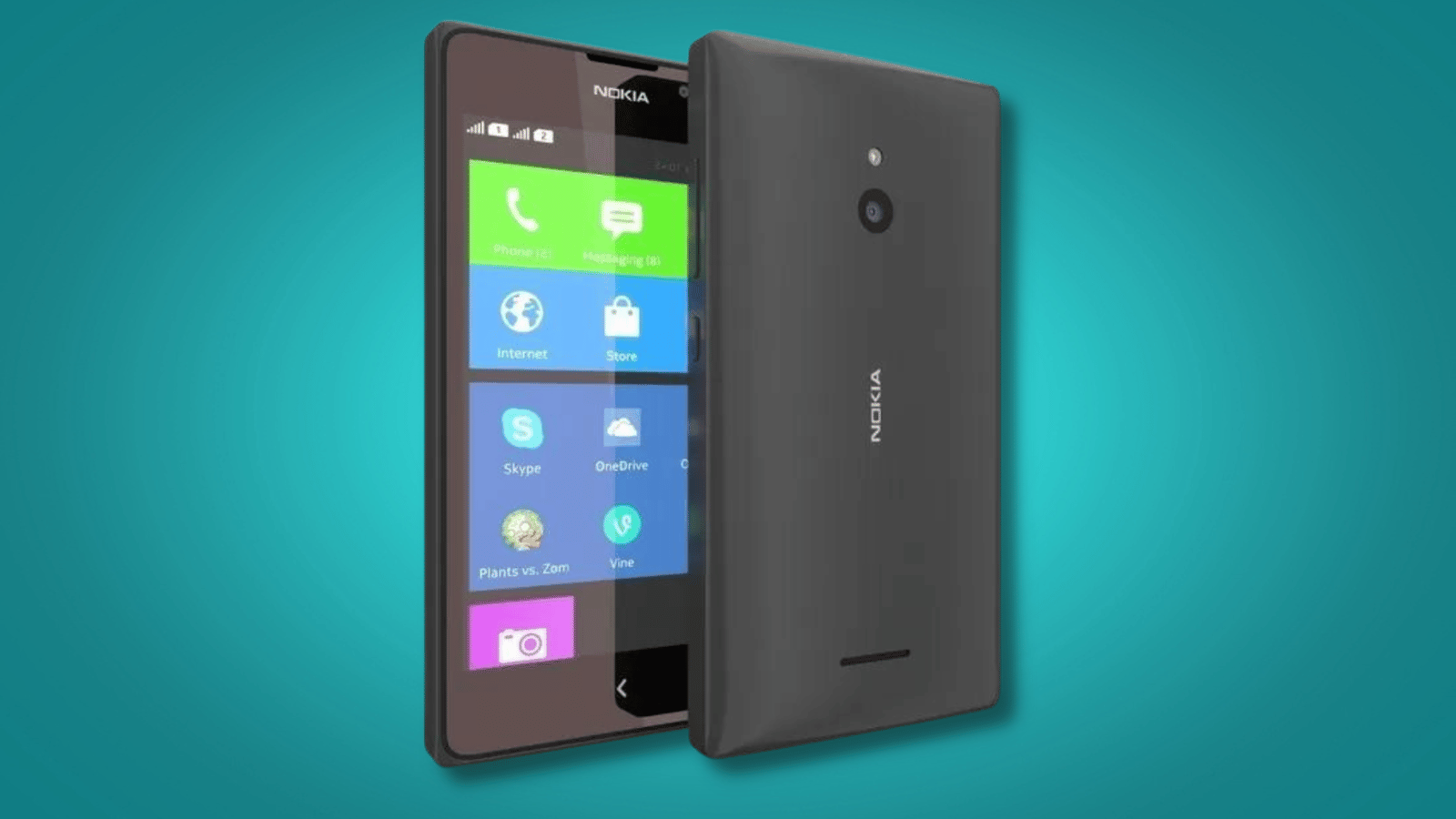 A little while before Microsoft and Nokia officially merged and started the Windows Phone era in earnest, Nokia decided to release a couple of Android smartphones at MWC. Unfortunately, the company opted to go with a proprietary version of Android. Nominally, it was Android Jelly Bean. In practice, it was quite similar to what Huawei uses for its devices now (and we all know how that’s working out for them). That’s not a trend you want to set. It didn’t help that both the Nokia X and Nokia XL were mediocre smartphones, outperformed by most of the competition. Thankfully, Nokia learned from its mistake and later joined the Android One program once the company was jettisoned by Microsoft.
A little while before Microsoft and Nokia officially merged and started the Windows Phone era in earnest, Nokia decided to release a couple of Android smartphones at MWC. Unfortunately, the company opted to go with a proprietary version of Android. Nominally, it was Android Jelly Bean. In practice, it was quite similar to what Huawei uses for its devices now (and we all know how that’s working out for them). That’s not a trend you want to set. It didn’t help that both the Nokia X and Nokia XL were mediocre smartphones, outperformed by most of the competition. Thankfully, Nokia learned from its mistake and later joined the Android One program once the company was jettisoned by Microsoft.
Samsung Gear VR (2015)
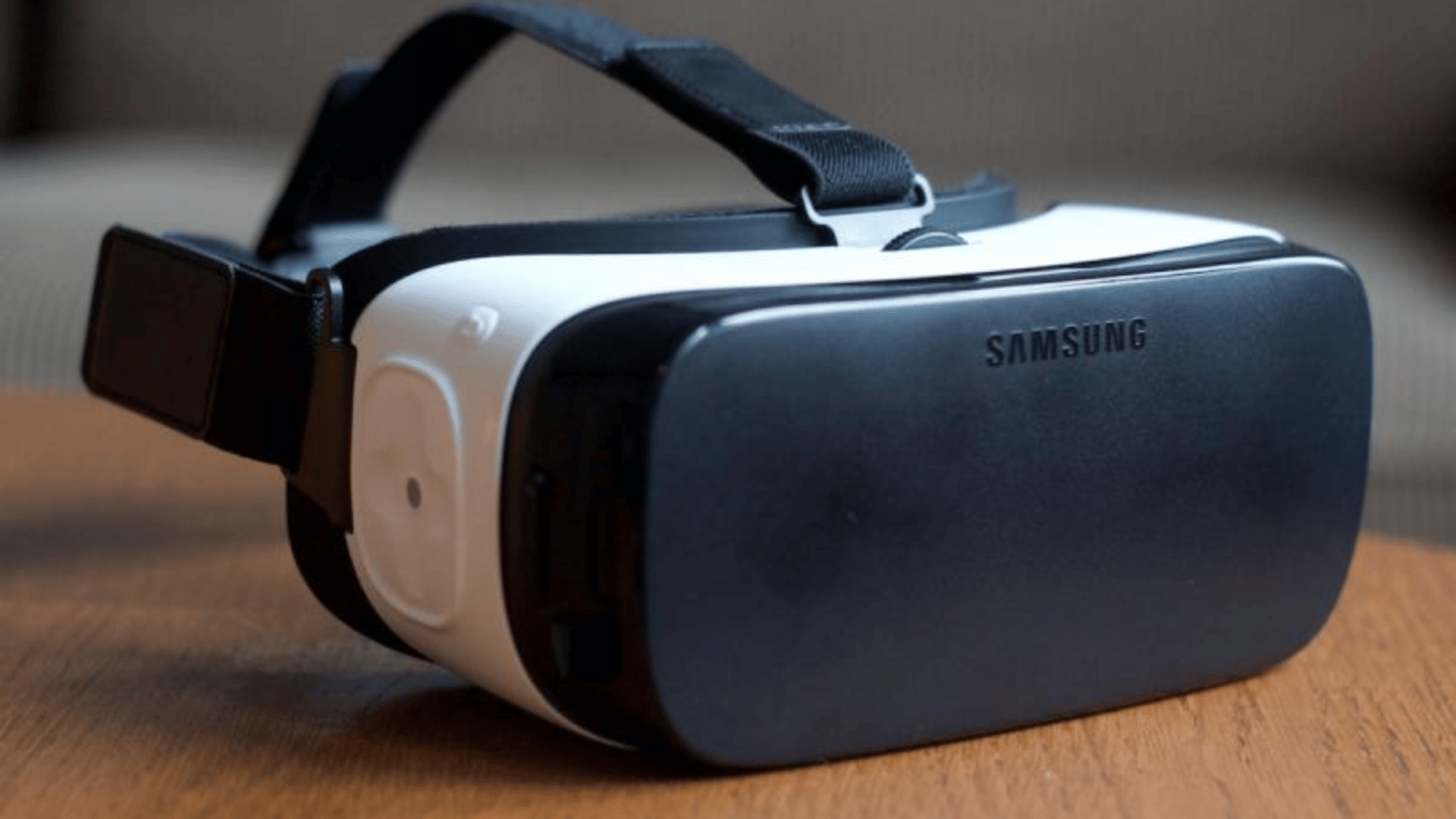 On the surface, Samsung’s Gear VR doesn’t look like an awful product. At launch, it wasn’t. Not really. At the time, cardboard virtual reality headsets, powered by smartphones and apps, were a real thing. They were even entertaining for a couple of hours. But we should have known that a virtual reality headset that required a specific family of smartphones was doomed to be phased out of existence pretty quickly. Unfortunately for Samsung, its range of Galaxy Note 7 devices started exploding soon after the second version of the headset (which shipped with an actual controller) was launched. The countdown for plastic accessories like this started soon afterwards.
On the surface, Samsung’s Gear VR doesn’t look like an awful product. At launch, it wasn’t. Not really. At the time, cardboard virtual reality headsets, powered by smartphones and apps, were a real thing. They were even entertaining for a couple of hours. But we should have known that a virtual reality headset that required a specific family of smartphones was doomed to be phased out of existence pretty quickly. Unfortunately for Samsung, its range of Galaxy Note 7 devices started exploding soon after the second version of the headset (which shipped with an actual controller) was launched. The countdown for plastic accessories like this started soon afterwards.
UUBand (2016)
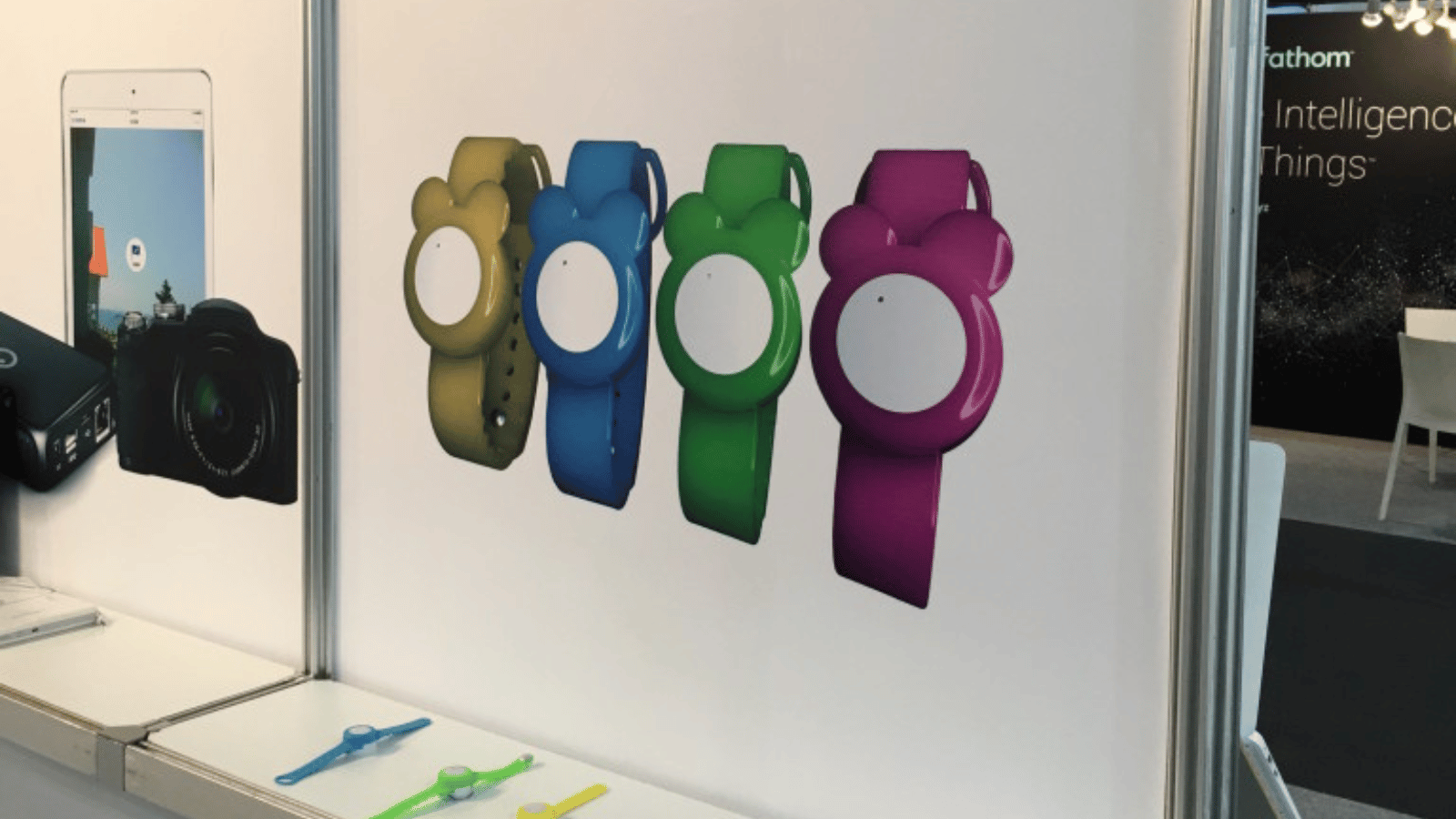
If you search for the UUBand in 2023 you’ll find a Finnish alt-rock group. Back in 2016, though, it was a product so terrible that almost all mention of it has been scrubbed from existence. There’s a single photograph (above) to prove that it existed. Why has it been so thoroughly forgotten? Well, the device is a tracker for your children. And not in a fitness sense. It tracked location (constantly) but it also recorded everything your little minion might say at any point ever. So you could keep an eye on little Billy or Billie. Obviously. If you can’t understand why this is a terrible idea, you might work for the NSA. It never went on sale (that we know about).
Read More: MWC revisited: the strangest Mobile World Congress reveals (and how they’re doing now)
Sony Xperia Ear 2nd Gen (2017)
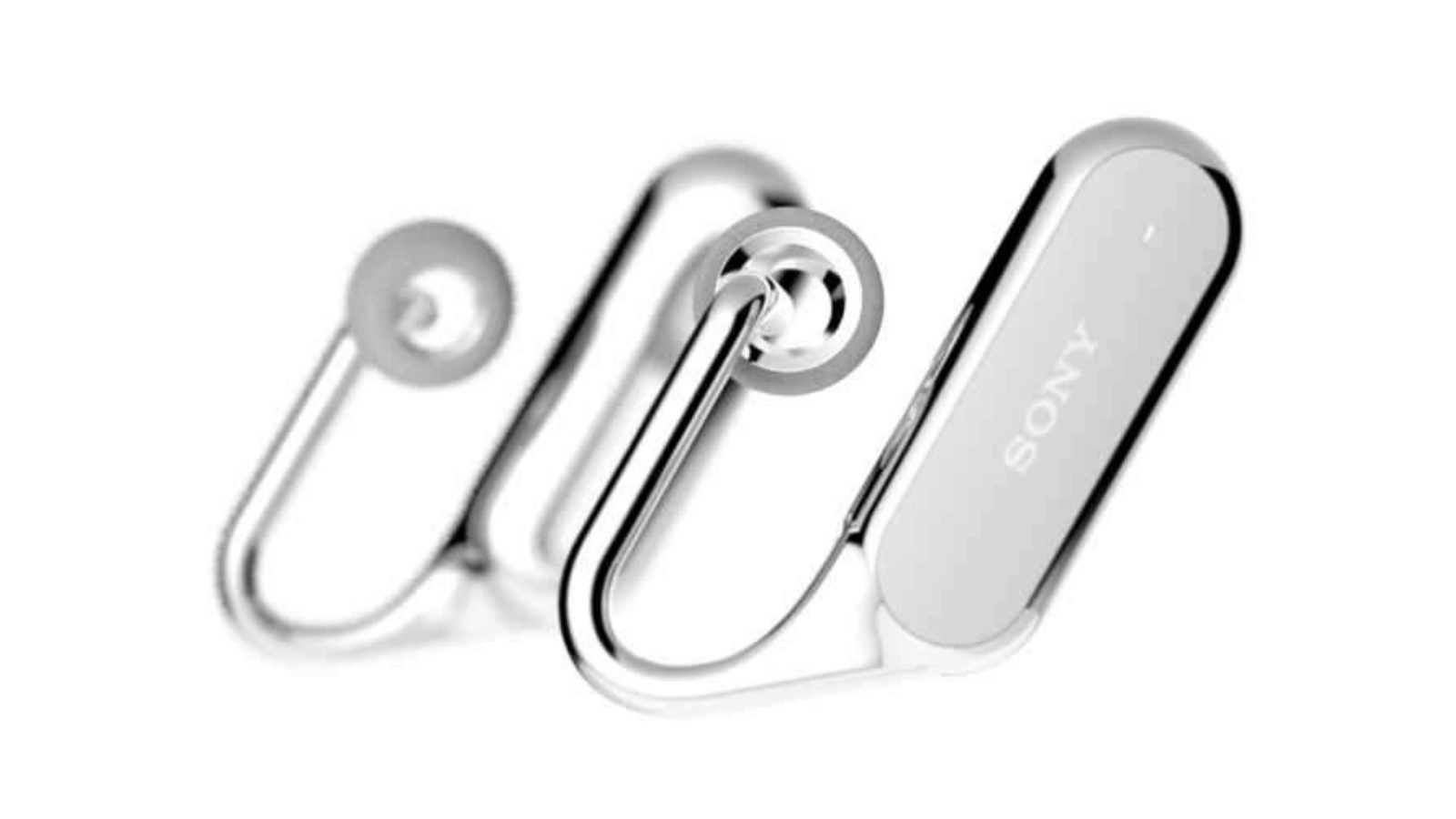 Sony missed leading the earbuds revolution by this much back in 2016. It missed it again when the company unveiled the second generation of its Xperia Ear device at MWC 2017. It doesn’t matter much, because the company rose up and absolutely dominated the competition shortly afterwards, but it could have had a running start. If only the emphasis had been on music instead of digital assistants. The company unveiled its Xperia Ear 2nd gen prototype at MWC 2017. That went on to become the Xperia Ear Duo, an unfocused set of AI-powered earbuds that went nowhere. The story has a happy ending for Sony but it journeyed down a dark path for a while there.
Sony missed leading the earbuds revolution by this much back in 2016. It missed it again when the company unveiled the second generation of its Xperia Ear device at MWC 2017. It doesn’t matter much, because the company rose up and absolutely dominated the competition shortly afterwards, but it could have had a running start. If only the emphasis had been on music instead of digital assistants. The company unveiled its Xperia Ear 2nd gen prototype at MWC 2017. That went on to become the Xperia Ear Duo, an unfocused set of AI-powered earbuds that went nowhere. The story has a happy ending for Sony but it journeyed down a dark path for a while there.
LG V30S ThinQ (2018)
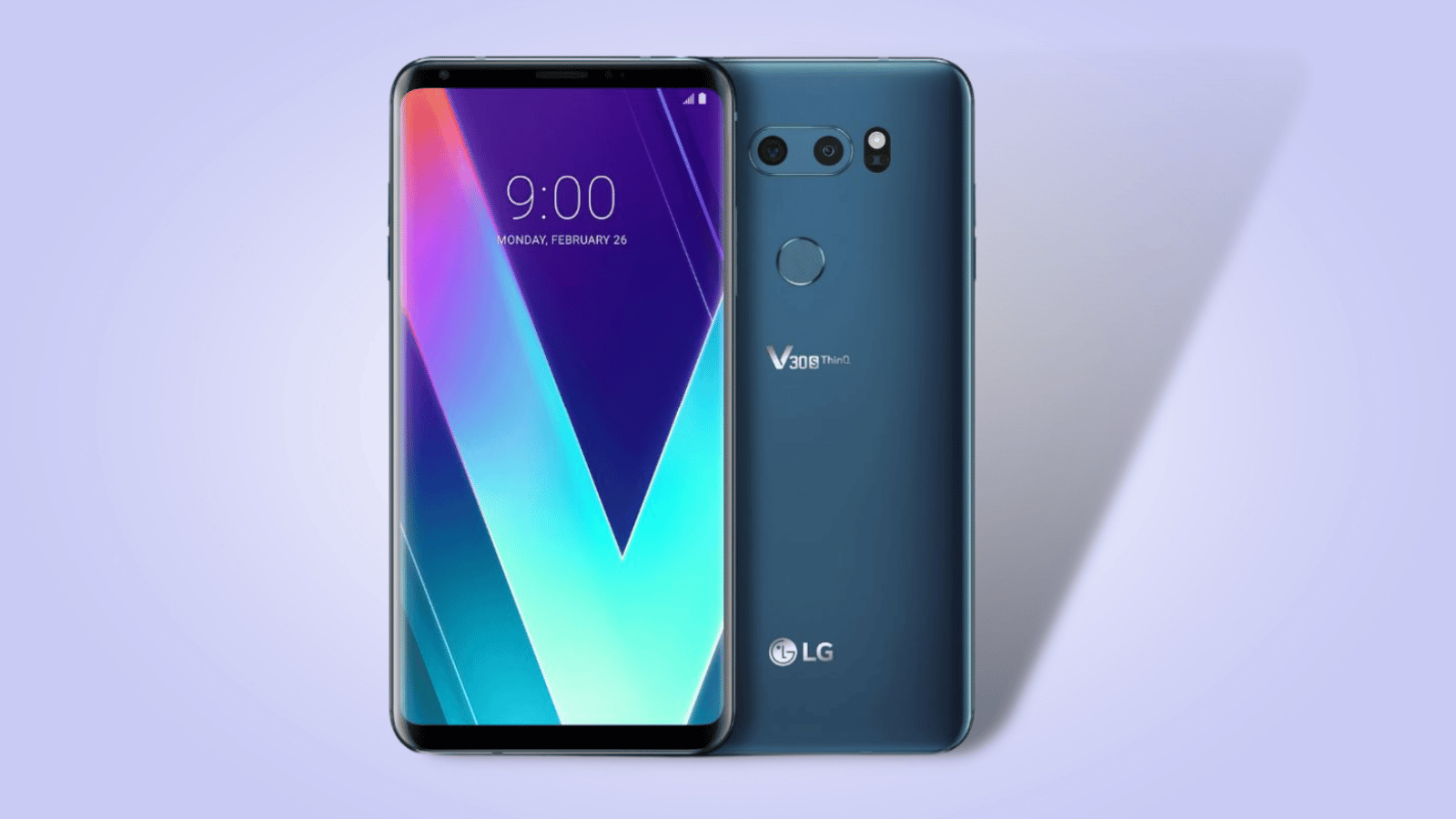 LG has stopped making smartphones. There might be a reason for that. Before it got all experimental, the South Korean company made a few questionable choices when it came to its existing lineup. One was using Mobile World Congress to unveil a new smartphone — the LG V30S ThinQ — that was almost entirely identical to its last one. The difference? AI integration. Oh, and instead of 64GB and 128GB models, there were 128GB and 256GB models. That’s the kind of thing you send an email about. You don’t go to the world’s largest smartphone conference and act proud that you made no hardware changes whatsoever. Especially when the previous generation phone attained parity via a software update shortly afterwards.
LG has stopped making smartphones. There might be a reason for that. Before it got all experimental, the South Korean company made a few questionable choices when it came to its existing lineup. One was using Mobile World Congress to unveil a new smartphone — the LG V30S ThinQ — that was almost entirely identical to its last one. The difference? AI integration. Oh, and instead of 64GB and 128GB models, there were 128GB and 256GB models. That’s the kind of thing you send an email about. You don’t go to the world’s largest smartphone conference and act proud that you made no hardware changes whatsoever. Especially when the previous generation phone attained parity via a software update shortly afterwards.
TCL DragonHinge concept (2019)

We get it. There’s a time and place to get experimental with your tech. Unfortunately, that place is CES. Joking aside, TCL has spent time at MWC trialling various folding smartphone designs. It hasn’t gotten around to actually releasing any (yet — that’s supposed to happen this year) but some of the designs have been… poorly considered. All of the designs seem to be under the Dragonhinge banner, so that’s a branding thing, but one of the possible versions, seen in 2019, looked an awful lot like an old-school hands-free car kit. The version the company is (apparently) considering for release is a little more elegant, thankfully.
COVID-19 (2020)
 The dark year that saw everyone sitting at home baking bread and trying to find ways to work online also hit the largest mobile device conference in the world square in the nuts. COVID-19 shut down MWC like a WWE wrestler popping out from under the ring. It wasn’t the last major event to shut down but it was the most surprising. For Stuff, at any rate, it was the first sign that the pandemic was serious business. If Mobile World Congress, an event on the verge of launching, could be cancelled, simple things like going to work or to the shop had absolutely no chance.
The dark year that saw everyone sitting at home baking bread and trying to find ways to work online also hit the largest mobile device conference in the world square in the nuts. COVID-19 shut down MWC like a WWE wrestler popping out from under the ring. It wasn’t the last major event to shut down but it was the most surprising. For Stuff, at any rate, it was the first sign that the pandemic was serious business. If Mobile World Congress, an event on the verge of launching, could be cancelled, simple things like going to work or to the shop had absolutely no chance.

